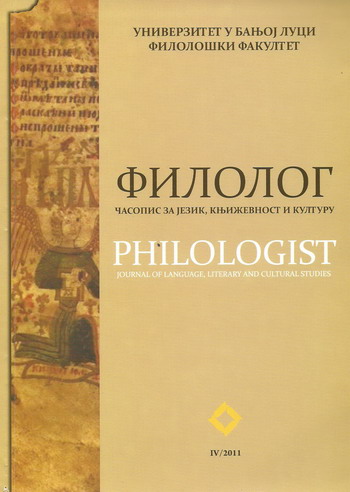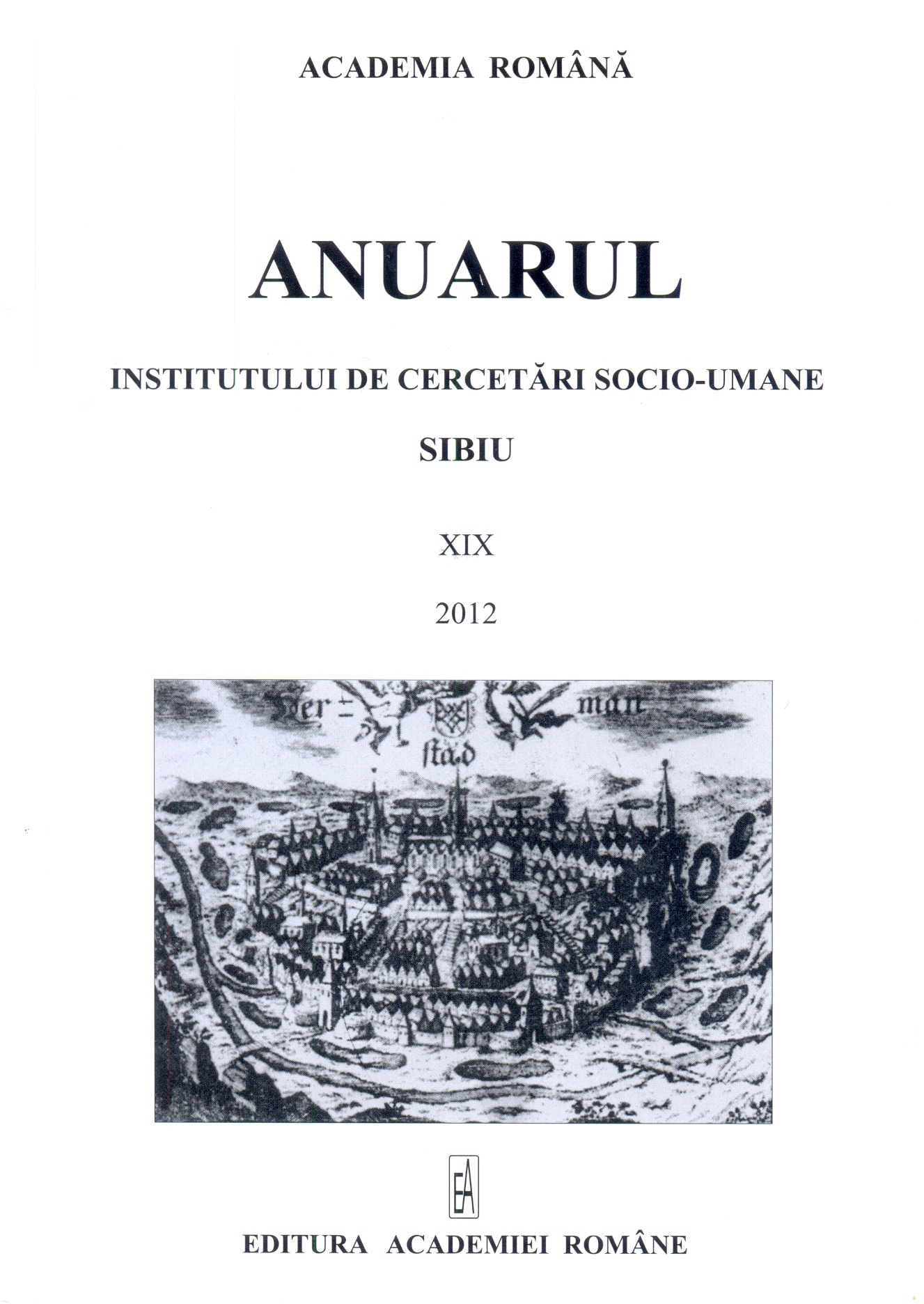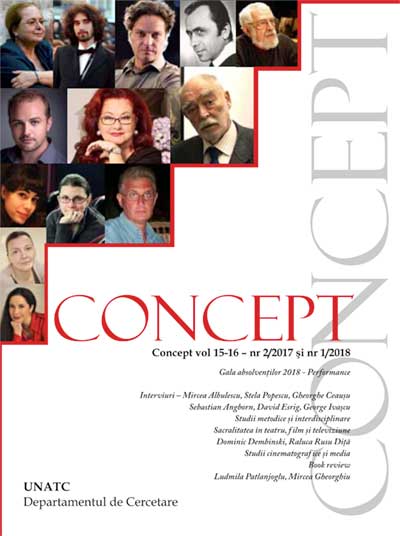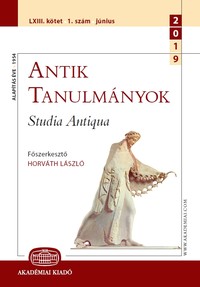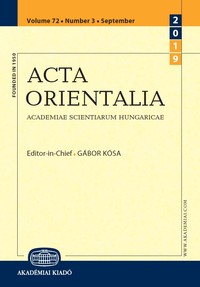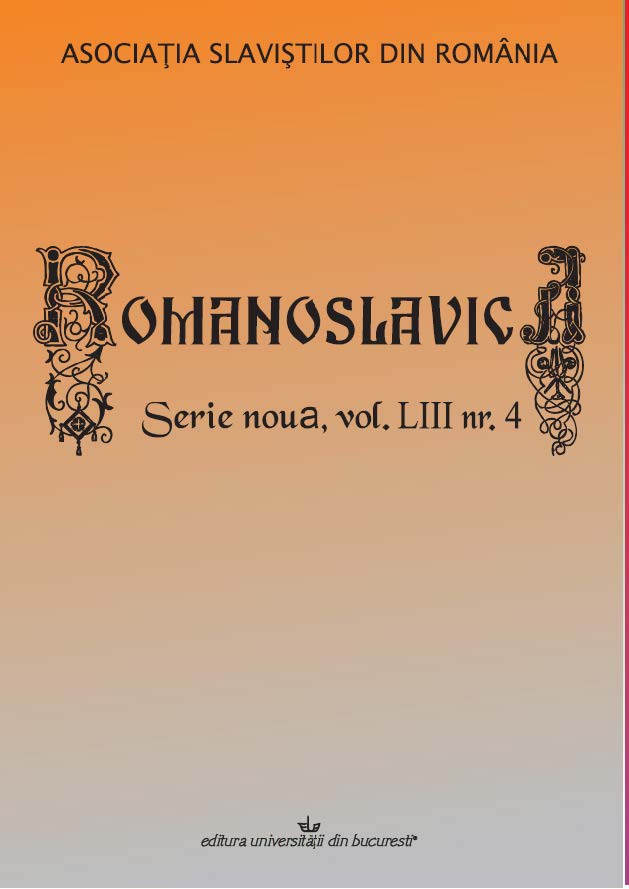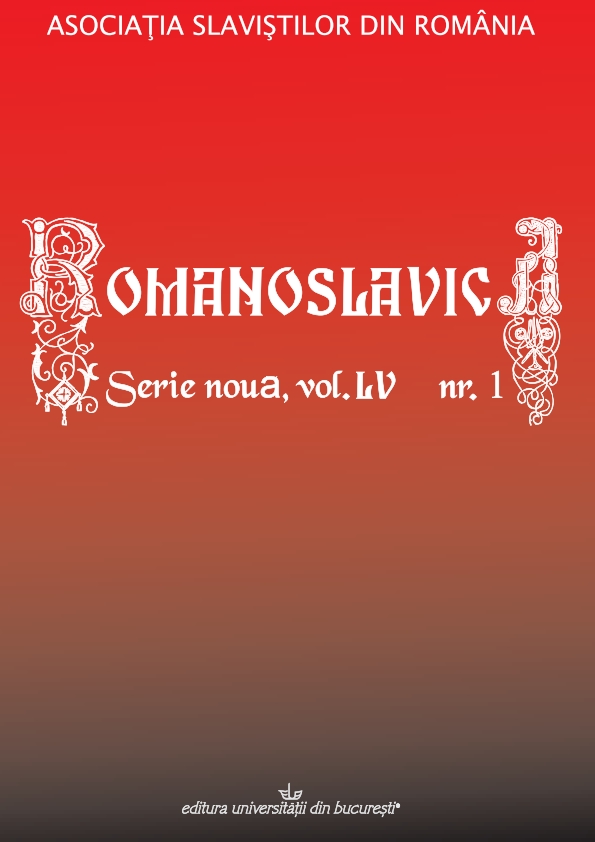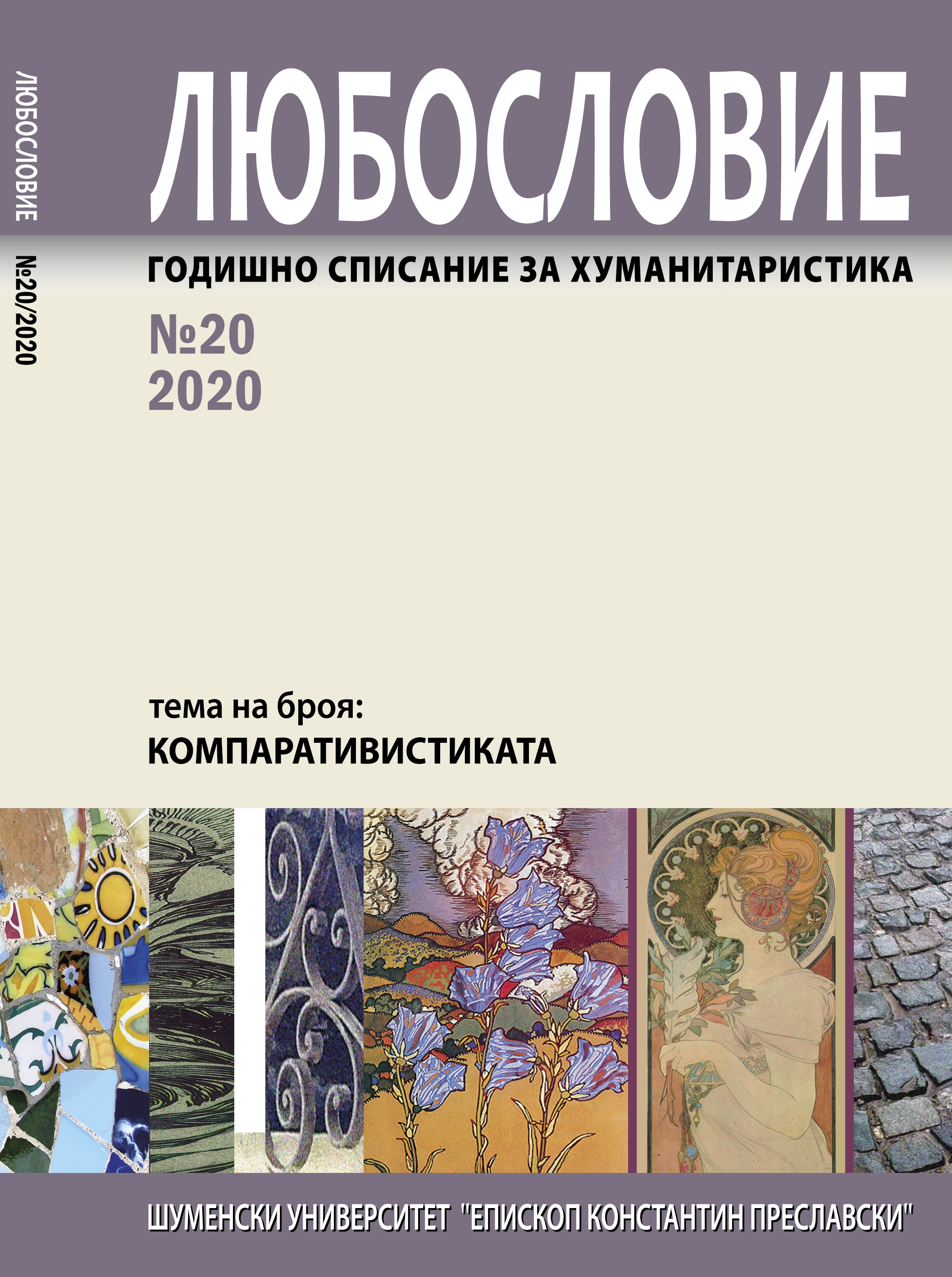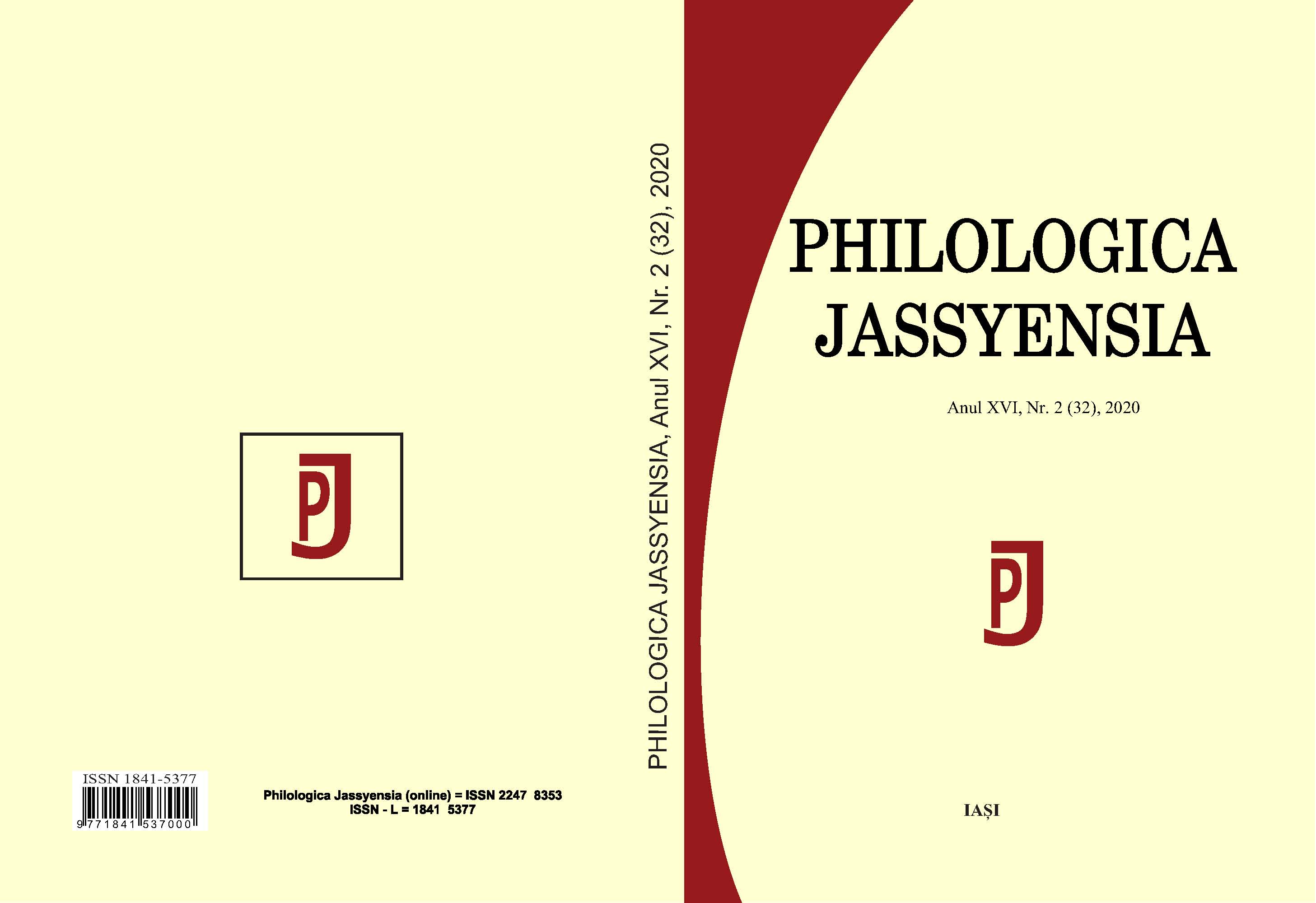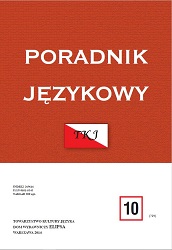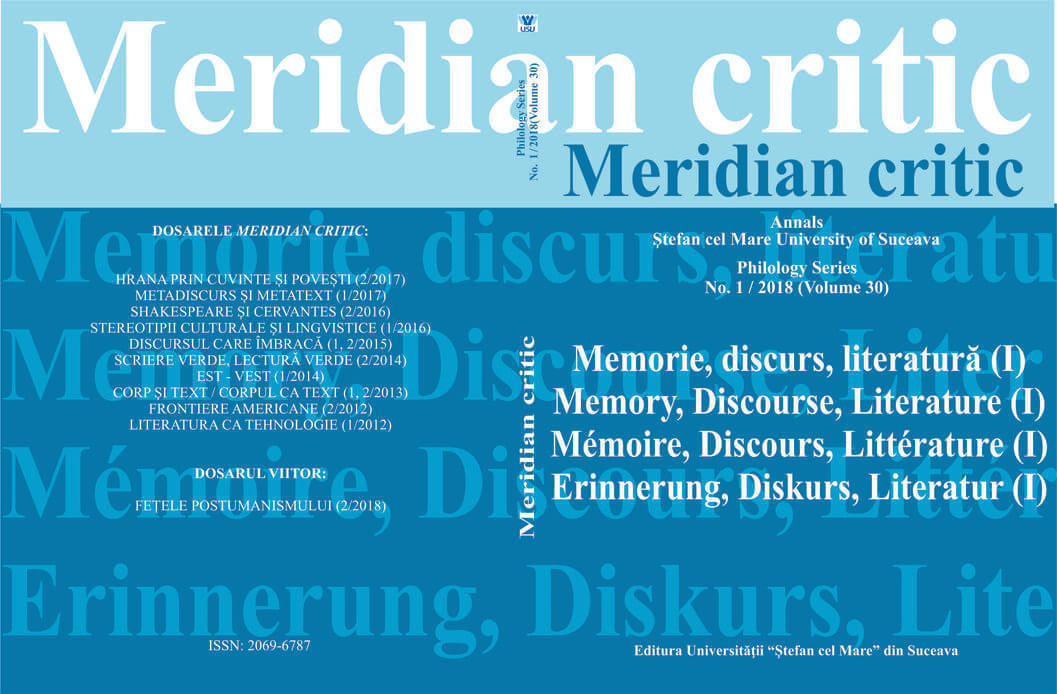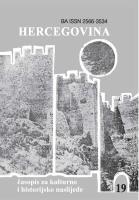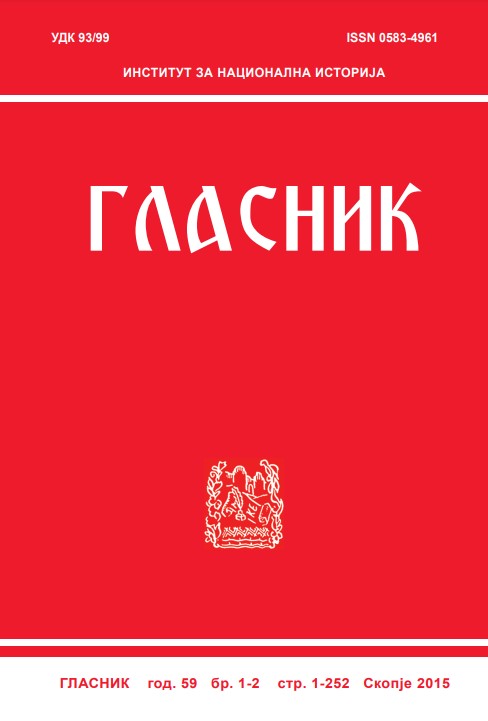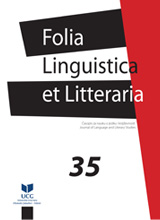Author(s): Mihai Enăchescu / Language(s): Spanish
Issue: 2 (32)/2020
We propose to analyze the Latin and Romance paroemias that, from one perspective or another, are related to the disease and the attitude towards it in Latin and the following Romance languages: Spanish, Portuguese, French, Italian and Romanian. First, we are going to analyze the Latin paroemias that exist also in other Romance languages, based on the key idea of the proverbs. It is, of course, a conceptual correspondence, not a literal one, although sometimes the latter also occurs. There are, for example, sayings related to the excesses that can lead to disease (Plures necat gula quam gladius), with the connections that can be established between the parts of the body (Quando caput dolet, cetera membra dolent), or about the old age, source of all illness (Senectus insanabilis morbus est).Second, we will make an analysis of other paroemias typical of the Romance world. There are sayings that reflect the importance of knowing one’s condition and that of a good cure (It. Malattia conosciuta mezza guarigione; Port. Doença bem tratada, poucas vezes é demorada), or the fatigue caused by a long illness (Fr. Longue maladie lasse le medecin et le malade).Third, we want to highlight those specific paroemias for one culture or another; for example, in Romanian it is emphasized the futility of wealth when one is sick: Ce foloseşte bolnavului pat de aur? The work closes with a thematic classification of the paroemias, that outlines the thematic variety of people’s beliefs and attitudes towards the disease, as well as the similarities, but above all the differences between the different Romance cultures.
More...
